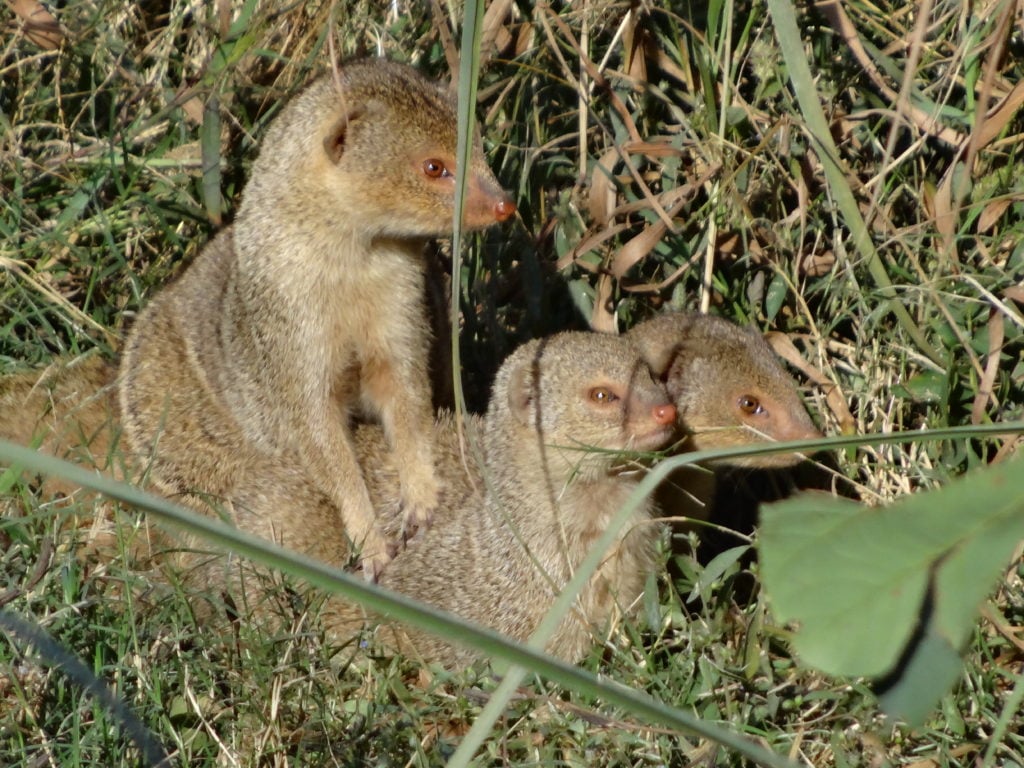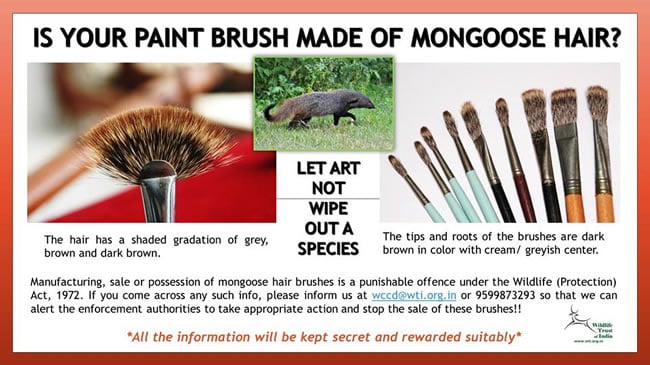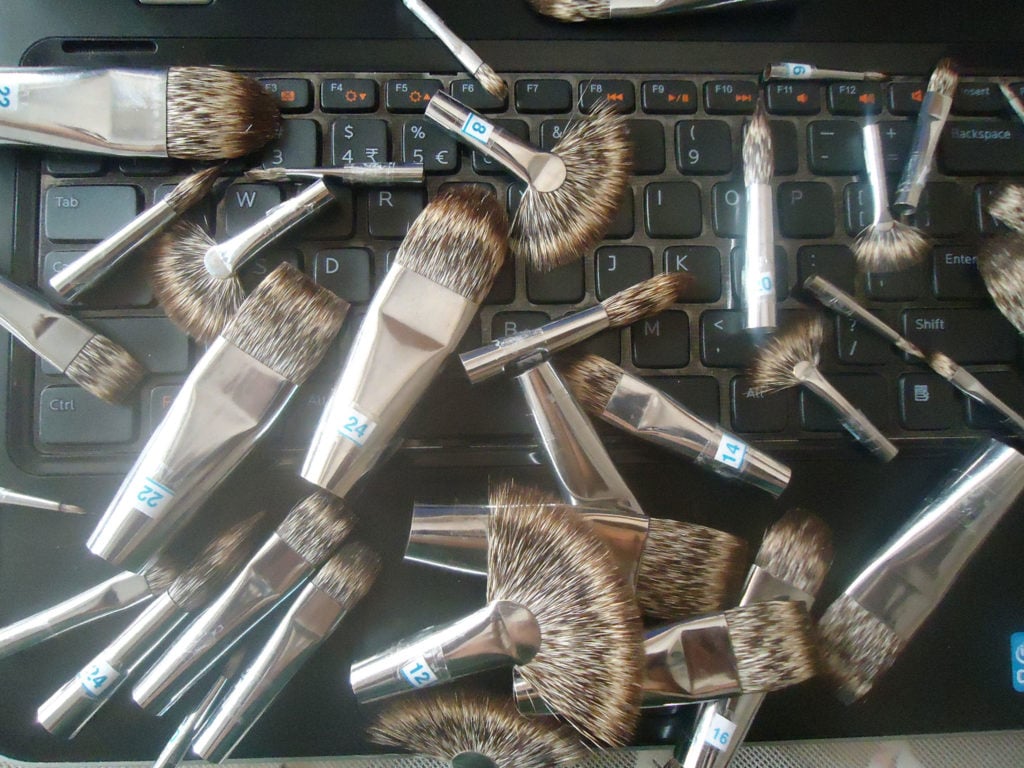Art World
Is Your Paintbrush Made From Mongoose Hair? A Wildlife Group Is Blasting Amazon for Selling Brushes Made Illegally From Endangered Fur
Around 100,000 mongooses are illegally killed in India each year.

Around 100,000 mongooses are illegally killed in India each year.

Sarah Cascone

The Wildlife Trust of India has put out a statement condemning Amazon for selling paintbrushes made of mongoose hair, citing the endangered animal’s legal protections in India, where some 100,000 mongooses are illegally killed each year.
“Our concern is why you would be promoting the sale of items when you know there is a high probability of illegal trade,” the group’s chairman, Jose Louies, told the Art Newspaper.
The organization is calling on the company, as well as Chinese e-commerce websites Alibaba and AliExpress, to remove listings for paintbrushes made of mongoose fur. As of press time, Amazon had not responded to inquiries.
An Amazon search for “mongoose paintbrush” currently yields no search results, but the brushes can be misleadingly labeled as being made from legal alternatives, such as badger and sable hairs.
A documentary produced by the Wildlife Trust of India focuses on the ugliness of the market. For every 50 mongooses killed, brushmakers get only about 2.2 pounds of fur. India, home to six species of mongoose, outlawed the mongoose fur trade in 1972 in an effort to protect the endangered animal. Hunting and trading them is punishable by up to seven years in jail.

India is cracking down on the illegal trade in mongoose paintbrushes. Image courtesy the Wildlife Crime Control Bureau, India.
In a recent crackdown on the illicit trade in India, the Wildlife Crime Control Bureau made 49 arrests and seized 54,000 paintbrushes in factories and warehouses across the country. And in 2018, authorities made 19 further arrests and seized 79,000 brushes. Based on that volume, authorities believe that as many as 100,000 mongooses are being killed each year, according to Mongabay-India. The animals are often ensnared and beaten to death with clubs.
“Despite all these raids, if you go to any shop in major Indian cities, they still largely stock brushes made out of mongoose hair,” Louies told the News Minute, an Indian news organization.
“The number of animals killed for this trade is the single largest threat the species faces today,” he said. “Even though there are other alternatives available, the fine quality of the hair, its durability and brittleness has endangered the animal.”
Artists have long favored mongoose paintbrushes, which are desirable for being neither too firm nor too soft, and which can be tapered to a fine point, making it easier for artists to paint small details.

A cache of illegal paintbrushes made of mongoose fur, seized in India in 2012. Photo courtesy the Wildlife Trust of India.
As animal cruelty concerns have mounted, many artists have traded in their animal brushes for synthetic alternatives, which have become increasingly effective in mimicking the delicate shape and texture of actual fur.
But the demand for mongoose paintbrushes is still strong enough to sustain a market.
“I personally think it’s a big issue and have stopped using any products that harm other animals, but many artists have sadly not done the same,” Indian artist Maksud Ali Mondal told Mongabay-India. “They don’t seem to be concerned where it is coming from or how it was made, only that it is giving them the result that they like. This is highly problematic.”